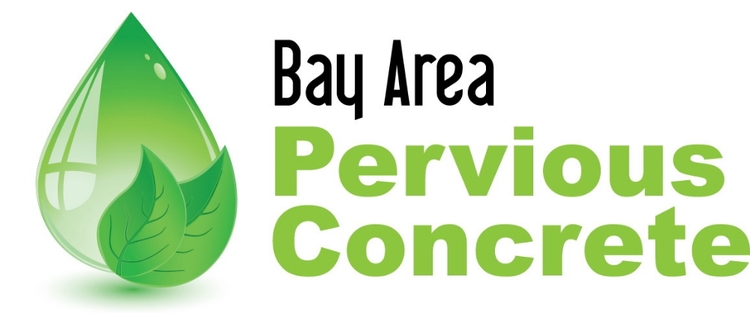Over the past few weeks we have seen the internet explode with interest over the recently announced Topmix Permeable concrete from Tarmac Lafarge in the UK. People are marveling over concrete that allows water to not only go through it, and back into the ground, but at an incredible rate. The video we featured on our last blog post is impressive and demonstrated just how fast. We were excited to see so much interest in pervious concrete by so many different people. However, we did notice some discrepancies in the way that pervious concrete was discussed in some of the media outlets, and we wanted to take some time to clarify a couple things.
Some of the media outlets portrayed pervious concrete as a new product that was not available in the United States - which is false. Pervious concrete has been used for stormwater management throughout the US for over 40 years. The state of Florida has been using pervious concrete since the 1970's, and has provided valuable best management practices for maintaining pervious concrete. Minnesota, and other upper Midwestern states, have been using pervious concrete to maintain safer roads during freeze-thaw cycles for over 10 years. Bay Area Pervious Concrete, has been designing and installing pervious concrete stormwater management systems in Northern California for nearly a decade. This is not to mention other states and communities that have also recognized the benefits provided by pervious concrete. Many other countries are trying to learn from the US how to properly design and mix pervious concrete, because our mix designs are a decade ahead of theirs.
Pervious concrete installations at a Safeway loading area and fire station in Washington State.
What's different, or innovative, about Tarmac's Topmix Permeable concrete is it boasts a whopping 35% air void space. Tarmac representatives have stated in interviews that the product has some limitations on where, and when, it should be used. They are not recommending Topmix Permeable for high-traffic areas, in places where vehicles make lots of tight turns, or in places with freeze-thaw cycles, as it will eventually start breaking up the surface layer. Some media correspondents have portrayed that all pervious concrete had these limitations - which is also false. While Topmix Permeable may have these limitations, more traditional pervious concrete does not share the same limitations.
In the US, mix designs have evolved and have already solved the issues of heavy weight loads, turning vehicle traffic, and freeze/thaw cycles. See the video below for a demonstration. Currently, pervious concrete is not recommended for high speed traffic areas such as highway drive lanes, because it has not been studied for feasibility. On the other hand, pervious concrete has been recommended for use on highway shoulder lanes as a way to improve driving safety and water quality. Pervious concrete is also not recommended for any application where a large amount of pollutants could spill onto the pervious concrete, such as chemicals plants or fueling areas. Which could create a situation where the pollutants may overwhelm the system and allow for those chemicals to enter the local ground water.
Through trial and error the pervious concrete industry has discovered that 20% air void space provides the proper balance between strength, durability, and high infiltration rates. The additional bonds provided by only having 20% air voids, allows for a stronger, longer-lasting material, with just as much infiltration capacity to mitigate all of a site's stormwater. The industry standard for pervious concrete infiltration rate is between 500-1000 inches of water per hour. Most pervious concrete stormwater systems in the US exceed the stormwater requirements of a 25 or 50 year storm. When consulting, Bay Area Pervious Concrete routinely designs systems to mitigate 100 year storm events. If you are still skeptical of the strength of pervious concrete to withstand surface abrasion, watch the video below. There are some rocks that fly, but they are not from the pervious concrete.
If a mix design is developed that not only allows for 35% air voids without the traffic and freeze-thaw limitations, it would be a big win for the pervious concrete industry. Until then, the next time someone tries to tell you that strong, durable, and highly permeable pervious concrete is not available for your project or application, don't believe them, and contact us.


